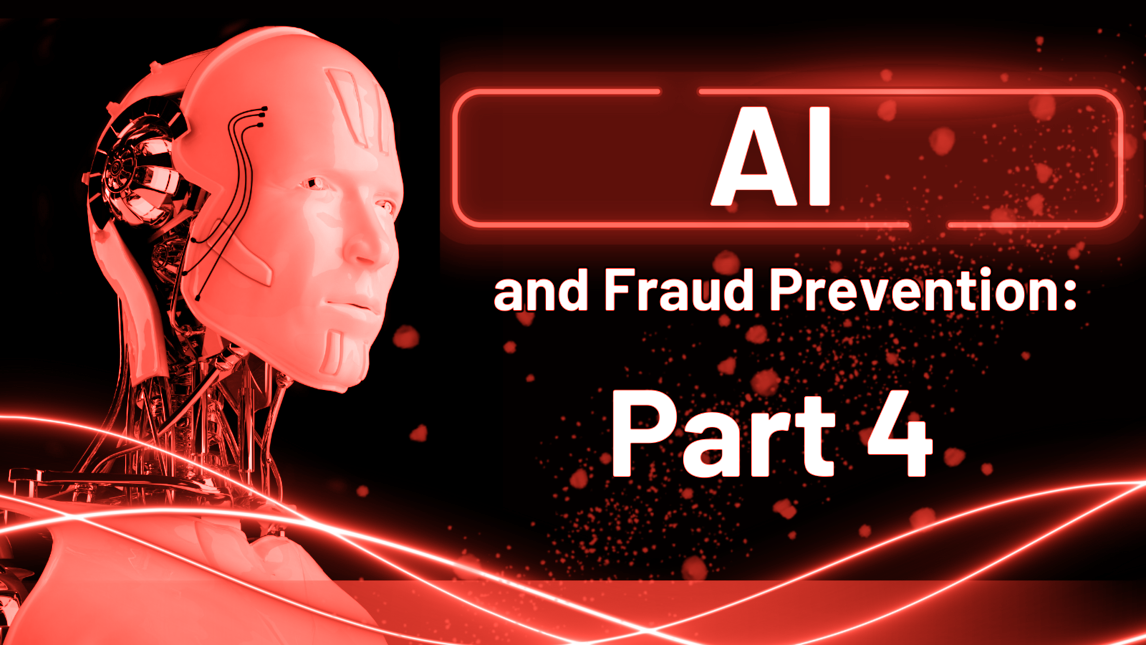
AI and Fraud Prevention: Part 4
Mapping the Maze: Integrating AI and Machine Learning into Your Fraud Defence Strategy
It is an interdependent partnership.
Integrating AI enhanced machine learning (ML) into your existing fraud solutions may feel as complex as constructing a radio from scratch. However, understanding the process can guide you through this integration as smoothly as a step-by-step manual aid in radio assembly.
The process of integrating ML into fraud detection can be likened to constructing a radio. First, we gather components – in the case of ML, this is our data collection and preparation stage. Next, we assemble the device, equivalent to the feature selection and model training stage in ML. Finally, we test the radio’s functionality, akin to evaluating the ML model’s performance.
Naturally, you will face challenges, much like the static that sometimes disrupts your radio signal. You might meet data privacy issues, confront difficulties in integrating with existing systems, or find a scarcity of technical ability. But remember, like a dedicated radio operator adjusting the knob to minimize static, you can navigate these obstacles. Through refining processes and continuous optimization, the ML models we integrate can be effectively tuned to detect the nuanced patterns of fraudulent behavior.
The aim is to find pertinent red flags and confirm their relevance. What are they telling us? Gone are the limitations of individual scores for lots of different flags, instead a holistic overview of the story the data and our experience tell us. Now we can far more accurately interpret the risk and at the same time avoid many of those dreaded false positives.
Successfully integrating machine learning into your fraud detection strategy is akin to upgrading from a traditional radio to an ultramodern digital one. It is about striking a balance between the old and new, using AI enhanced machine learning to create a more robust, efficient, and future-ready fraud detection system.
Those old radios have charm, can be aesthetically appealing, and even feel comfortable. Fine for home but you would not want to rely on one for business, government, banking, or for other decision-making information and intelligence.
AI is unlikely to take your job away from you, but someone using AI might take your customers, and clients. Counter fraud particularly must be intelligence led.
| Tagged with: | fraud |
| Posted in: | AF Education |
